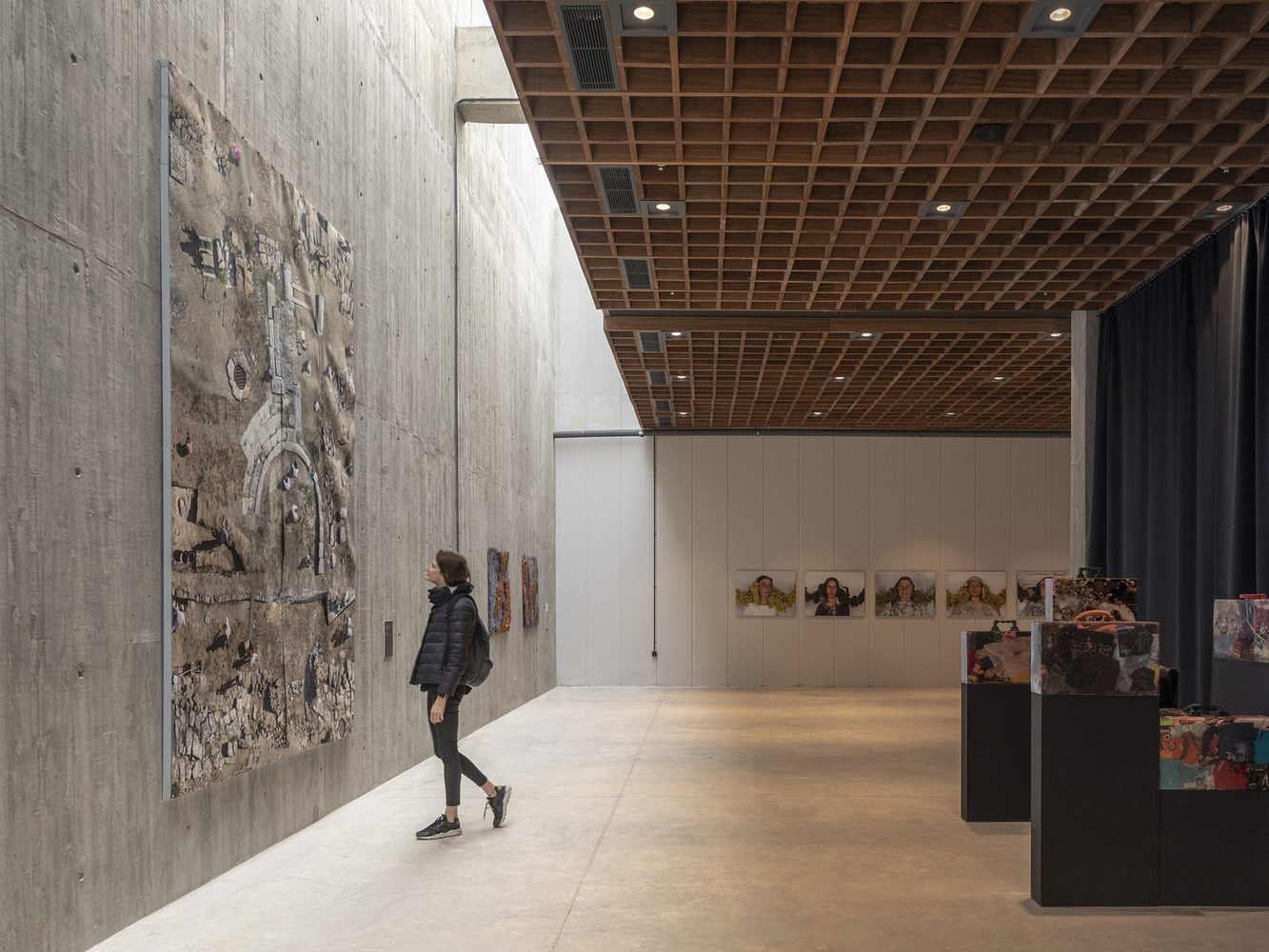
Art as a Foundation of Interior Design
Art plays a vital role in interior design, influencing elements such as form, texture, and composition. Designers often draw inspiration from:
- Historical Art Movements: From Renaissance elegance to Bauhaus minimalism, different artistic styles have shaped interior aesthetics.
- Sculptural and Functional Art: Furniture, lighting, and decor often double as artistic statements, enhancing both form and function.
- Color Theory and Visual Impact: The strategic use of color in interiors can influence mood and perception, much like in traditional art forms.

Cultural Influences in Interior Spaces
Cultural heritage deeply impacts interior design by bringing traditional motifs, craftsmanship, and narratives into contemporary spaces. Key cultural influences include:
- Regional Design Aesthetics: Scandinavian simplicity, Japanese minimalism, and Middle Eastern opulence each offer distinct approaches to spatial design.
- Indigenous Craftsmanship: Handwoven textiles, ceramics, and carvings bring authenticity and cultural richness to modern interiors.
Symbolism and Tradition: Many cultures incorporate meaningful symbols and rituals into their interiors, enhancing the sense of belonging and identity.

The Modern Fusion of Art, Culture, and Design
Today’s interior designers blend art and culture in innovative ways, creating eclectic, meaningful spaces. Some approaches include:
- Contemporary Art Integration: Galleries, murals, and installations within interiors create dynamic and thought-provoking environments.
- Cross-Cultural Design Trends: The rise of global influences allows for unique design hybrids, such as Japandi (Japanese-Scandinavian fusion) or Bohemian-Moroccan interiors.
Sustainable and Ethical Practices: Designers increasingly collaborate with local artisans, using ethically sourced materials to celebrate craftsmanship while promoting sustainability.

The intersection of art, culture, and interior design is a dynamic and ever-evolving field. By incorporating artistic elements and cultural narratives, designers create spaces that are not only visually appealing but also meaningful and reflective of human history and identity. As the world continues to change, this relationship will only deepen, fostering more immersive and impactful environments.



